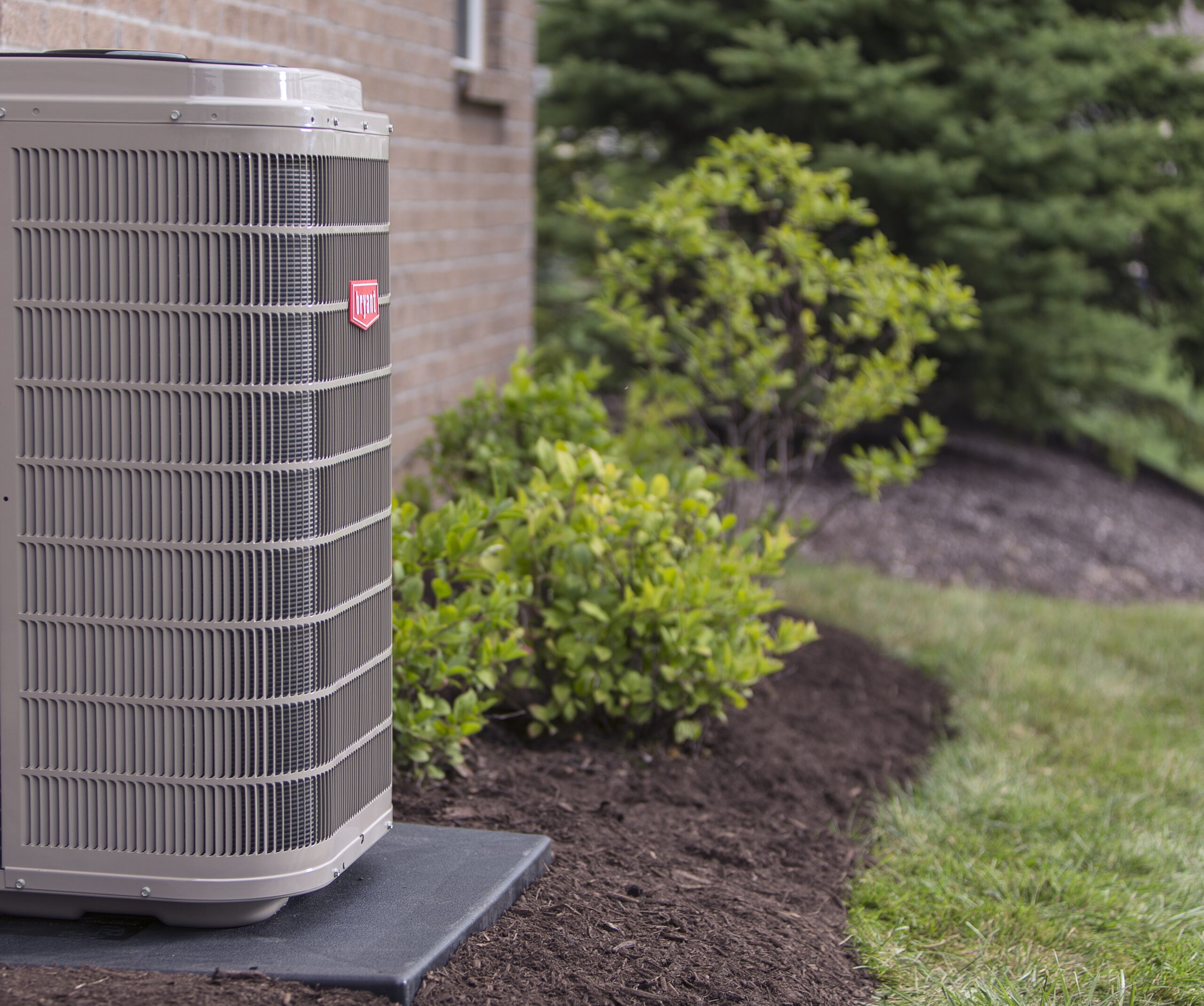How Big of a Furnace Do I Need?
As you shop for furnaces, it may be hard to tell one from the other and make an informed decision. From the outside, they probably all look the same, but they actually come with very different capacities and specifications. Furnaces are not a one-house-fits-all piece of equipment. You need to make sure that you have one furnace that is properly sized to adequately heat your home.
Purchasing a furnace is already a big investment. Installing a furnace that isn’t the correct size for your home can just add to your costs. If the heating system is too small, it will use up more energy and without even leaving your home at a comfortable temperature.
You may find yourself using space heaters in certain rooms, which is yet another drain on energy resources. In addition, since your furnace will have to work harder than it was designed to, you may require more repairs due to wear and tear and it may completely fail well before its time.
When a furnace is too big for the size of the home, you can run into a different host of problems. You are more than likely to find that your home is actually too warm and that the components are frequently turning on and off. This can also cause unnecessary wear and tear.
Whether the heater is too big or too small, it won’t be working at an efficient level, which means that you will pay more each month in energy bills. Over time, it can be a costly mistake. That is why it is important to understand furnace sizing and go into your shopping experience with a little bit of information.
How to Size a Furnace
In order to properly size a furnace, you will first need to know the total square footage of your home. This will help you to determine the range of BTUs that is required to heat your home without wasting energy. BTUs, or British thermal units, serve as measurement units of energy sources. Technically speaking, a one Btu is equal to the amount of energy required to raise the temperature of one pound of water by just one degree Fahrenheit.
If that didn’t mean a whole lot to you, the most important piece of information you need to know is that experts recommend that homes be equipped with furnaces that can produce 40-45 BTUs per square foot. There is a recommended range rather than an exact number because there are other factors that may affect your furnace sizing. For example, the climate zone where you live can play a role in how much heat your home will require.
In a home located in Zone 1 climate zone, which includes Miami and New Orleans, temperatures will rarely if ever, drop below zero. The unit won’t have to work very hard, so you can opt for a furnace producing at the lower end of the BTU range.
Once you get to Zone 5, which includes northernmost cities like Buffalo and Minneapolis, you are going to want to maximize your BTUs since temperatures can dip well below zero for long periods of time. Those living in Zone 5 may want a heating factor of 50-60 BTUs.

Receive Free & Fast Furnace Quote
How to Determine Furnace Size
When we talk about furnace size, it has nothing to do with the actual dimensions of the heating unit. Rather, “size” is speaking to the amount of energy it can produce.
If you are trying to determine the BTUs of your current furnace, look for a sticker on the inside of the unit. This should give you the exact specifications. For older furnaces, there may be an actual plate riveted to a panel that will state the input and output BTUs. Either way, you should be able to determine the size of your current furnace.
If you are at the store shopping for a new furnace, the BTUs should also be prominently displayed on the package. The key is understanding exactly what size furnace would best suit your home.
The Correct Furnace Size for Your Home
As discussed above, you need to:
- Determine the square footage of your home
- Figure out which climate zone you live in
- Do a little math
While the process of choosing a furnace seems complicated, determining the right size is relatively simple.
If you want a rough estimate, you can multiply the square footage of your home by 40. For example, if you live in a 1,200 square foot home, you should be looking for a 48,000 Btu furnace. Just remember that this figure might be higher or lower based on your climate zone.
The Right Furnace Vent Pipe Size
The furnace vent pipe is essential to the safe operation of your furnace. As combustion occurs and heat is produced, the hot gases need to be released into the outside air. That is why furnaces come equipped with flues and vent pipes. If there is a problem with the ventilation system, carbon monoxide and other harmful gases could end up being expelled into the home.
There are three main types of ventilation systems used in furnaces.
Natural Ventilation
This is perhaps the most common type of ventilation system and it utilizes the pressure that is “naturally” produced during combustion to send gases outside.
Direct Ventilation
Sidewall Power Vent
With this approach to ventilation, a fan helps to send combustion gases outdoors.
The diameter of the furnace vent pipe will depend on the size of the furnace and the BTUs. For most homeowners, a 2” or 3” vent pipe is enough to safely expel gases. Larger units, which are usually only installed in commercial settings, can require a 4” or 6” vent pipe. It is a good idea to attach a screen to the end of the vent pipe to prevent debris from entering and causing a blockage.
If you aren’t sure what size vent pipe you have or will need, you should be able to find this information on the PVC hub that is used to attach a vent pipe. PVC manufacturers clearly mark their products to help customers. Look for a printed stamp of raised lettering.
As you have learned, the right size furnace for your home depends on the square footage of the area that needs to be heated and the climate zone where you live. Home in colder climates will need a more powerful furnace to combat the temperatures and keep your home comfortable.
If you still aren’t sure about the type or size of the furnace that is best suited for your home, call in the professionals. An experienced HVAC technician will be able to provide you with recommendations based on your home and your budget.

Finding The Right Air Conditioner Service Provider Near You
As you research different air conditioner service providers near you, there are a few things you should be looking for. First and foremost, make sure that they have all the required licensing and insurance. This is something that should be prominently displayed or mentioned on their website. Next, take the time to read customer reviews. If they are an experienced company, there should be plenty of online reviews that will help you get a sense of their reputation and level of customer satisfaction. Finally, make sure that they offer fair and transparent pricing. There shouldn’t be any guesswork involved in trying to figure out how much the services will cost. You don’t want to have to deal with hidden fees or end up with an unexpectedly large bill at the end of their visit. If you live in the St Louis or St Charles County, MO service area and are in need of HVAC services, call our office today at (314) 209-7500.
Schedule Your Free Furnace System Installation Quote Today
As you consider whether now is the right time to replace your air conditioning and heating system, don’t hesitate to ask your installation contractor questions, especially when it comes to different ways to save on your equipment. Asking the right questions can help you enjoy significant savings through financing, rebates, and other incentive programs. A comprehensive warranty will also offer protection in the event that you need to make repairs. Make sure you have all the information about heating and cooling installation in St. Louis before you start your HVAC replacement project.
To set up your home furnace repair today, call our office or fill out the online form below.
"*" indicates required fields





